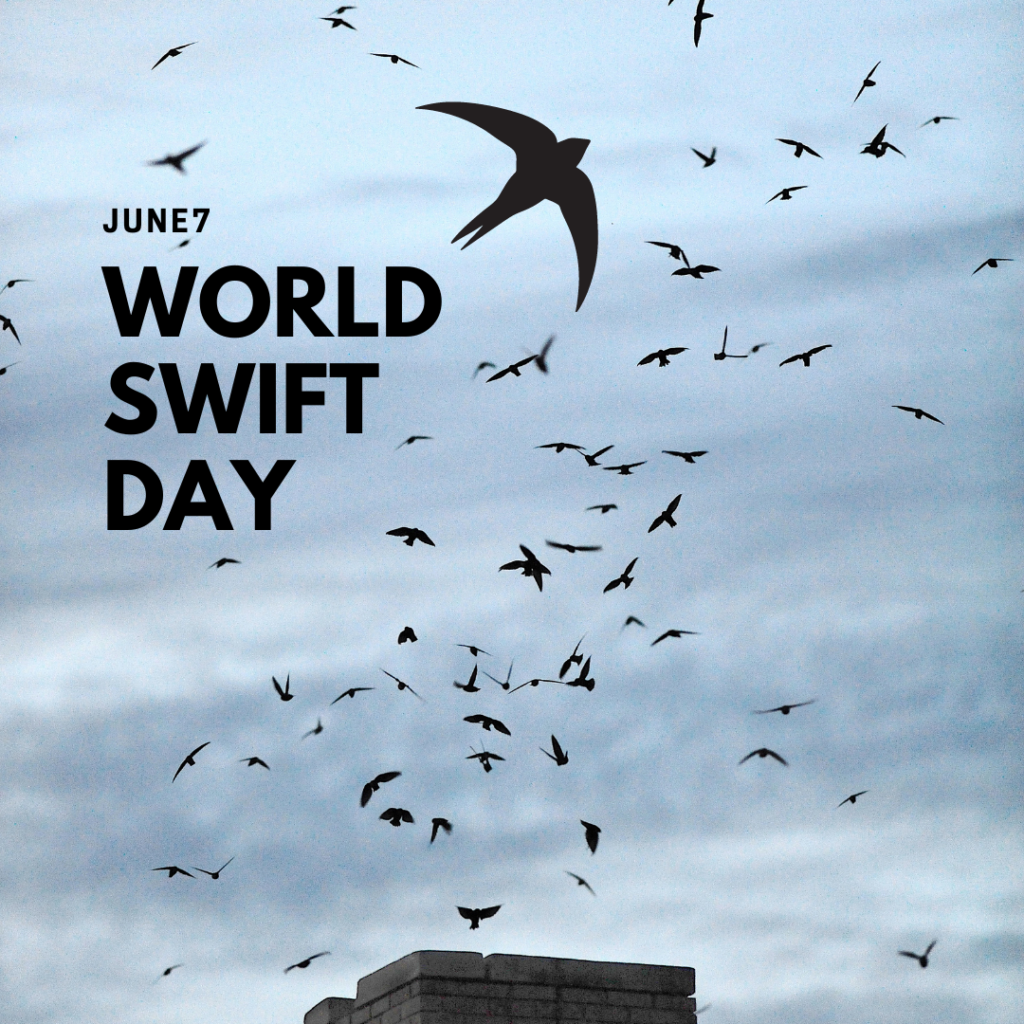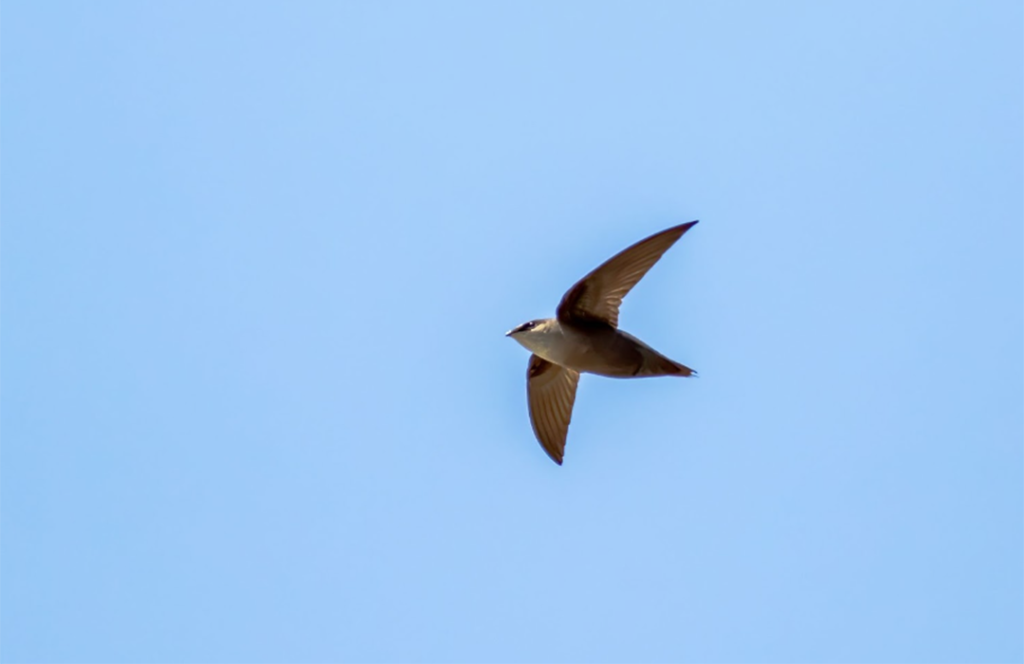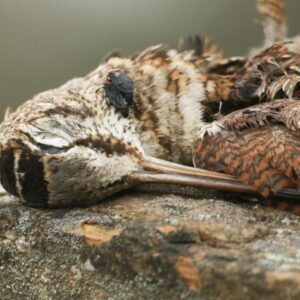Celebrating Swifts! World Swift Day 2025

The twittering calls and acrobatic flight of Chimney Swift bring a rush of nostalgia to many Canadians who recall the day when this beloved bird species was common and widespread in our towns and cities. Now absent from most of the areas where it used to live, the species is listed as Threatened with extinction by the Federal Government’s Species at Risk Act.
While there are many causes of population decline for the Chimney Swift, you may be able to help this species recover. Start with this question to yourself: Does your residence have a brick, stone or cement chimney? Are you interested in helping conserve the Chimney Swift population in Canada? If so, your own home is the best place to start saving swifts!
Don’t let Swifts go up in Smoke
To celebrate World Swift Day, Nature Canada hopes to raise awareness about Canada’s threatened “flying cigar” birds that solely rely on traditional masonry chimneys for breeding and nesting habitat (Fischer, 1958). First launched in 2019 by Swifts Without Frontiers, World Swift day is now celebrated every year across all continents and in over forty countries to raise awareness about this fascinating group of species and rally support for their conservation! June 7th now marks a day to raise awareness and to educate your community about Chimney Swift conservation to take action together to help mitigate the consequences of the many threats this species faces.
Canada has four species of swift, of the approximately 100 species globally. Three of the four are listed on the Federal Species at Risk Act. Black Swift and White-throated Swift, two cliff-nesting species from western Canada are listed as Endangered, whereas the Chimney Swift is listed as Threatened. The fourth species, Vaux’s Swift, is not considered at risk.
Other Ways to Take Action: Birds Canada SwiftWatch Roost Monitoring
Chimney Swift Fund for restoration and creation of Chimney Swift roosting sites
All About Swifts
Swifts belong to the family Apodidae, a Greek word meaning “without feet.” Swifts do have feet, but they are very small, and really only used for occasional perching or clinging to a vertical surface like a cliff face or the inside of a chimney. Swifts are considered to be closely related to hummingbirds which also have tiny feet.
These birds are swift predators and are considered aerial insectivore birds, meaning they capture all of their food (flying or airborne invertebrates) in flight. In Canada, most of the species of birds that are considered aerial insectivores, including swifts, swallows, nightjars and flycatchers, have suffered dramatic population declines in the past 50 years. In Canada and the USA alone, we have lost 3 billion birds across the continent.
The Chimney Swift is characterized by its small brown-grey body which looks like a flying cigar when in the air. These birds can also be identified by their erratic flight patterns and their buzzy, twittering calls. Swifts migrate to their Canadian breeding grounds in mid to late April and can be found in both suburban and urban areas (Tanner et al., 2014). They predominantly eat insects, making them one of the most efficient and natural forms of pest management. Unfortunately due to increased pesticide use and declining insect populations, the abundance of Chimney Swifts across Canada has decreased by 90% since the 1970s. Chimney Swifts have been listed under the Species at Risk Act as Threatened since 2007 followed by a 2018 re-assessment which confirmed its status (COSEWIC, 2018).
The Chimney Swift gets its name due to where it most often chooses to nest… that is, within a traditional masonry chimney! Swifts also nest in hollow old-growth trees, but these are unfortunately found in lower numbers than traditional masonry chimneys in this day and age. Now, the destruction of chimneys and commercial development are the leading causes of Chimney Swift decline (COSEWIC, 2018). To counteract this, Birds Canada has created the Chimney Swift Chimney Restoration Fund (the Chimney Swift Fund) to help restore and maintain nesting and roosting sites. If you don’t have a chimney in your residence, consider participating in the community science initiative SwiftWatch or finding a local World Swift Day event near you!
How to Celebrate World Swift Day
Are you planning on hosting your own World Swift Day event? Visit the event registration page and consider getting involved with a local Bird Team Coalition in your neighbourhood!

COSEWIC (Committee on the Status of Endangered Wildlife in Canada). 2007. Assessment and Status Report on the Chimney Swift (Chaetura pelagica) in Canada. Committee on the Status of Endangered Wildlife in Canada. Ottawa, Ontario. vii + 49 pp. Available at https://www.sararegistry.gc.ca/virtual_sara/files/cosewic/sr_chaetura_pelagica_e.pdf
[Également disponible en français : COSEPAC (Comité sur la situation des espèces en péril au Canada). 2007. Évaluation et Rapport de situation sur le Martinet ramoneur (Chaetura pelagica) au Canada. Comité sur la situation des espèces en péril au Canada. Ottawa, Ontario. viii + 56 p. https://www.sararegistry.gc.ca/virtual_sara/files/cosewic/sr_chaetura_pelagica_f.pdf]
Fischer, R.B. 1958. The breeding biology of the Chimney Swift, Chaetura pelagica (Linnaeus). New York State Museum and Science Service Bulletin. No. 368.
Steeves, Tanner K., Shannon B. Kearney-McGee, Margaret A. Rubega, Calvin L. Cink and Charles T. Collins. (2014). Chimney Swift (Chaetura pelagica), version 2.0. In The Birds of North America (P. G. Rodewald, editor). Cornell Lab of Ornithology, Ithaca, New York, USA



